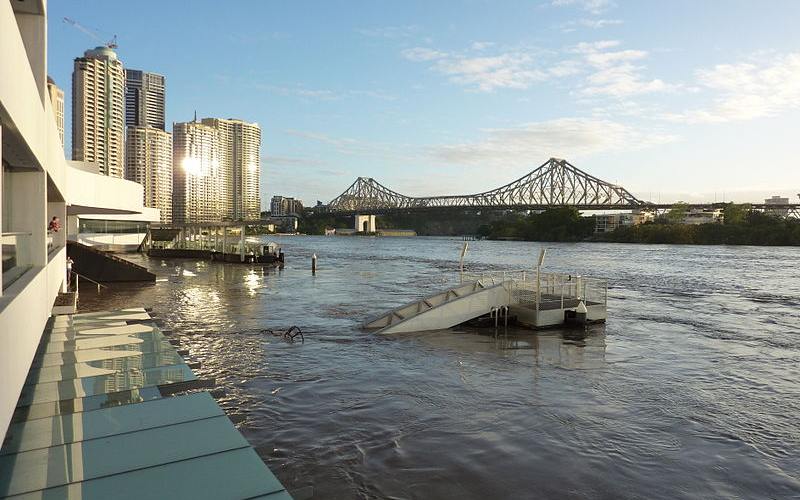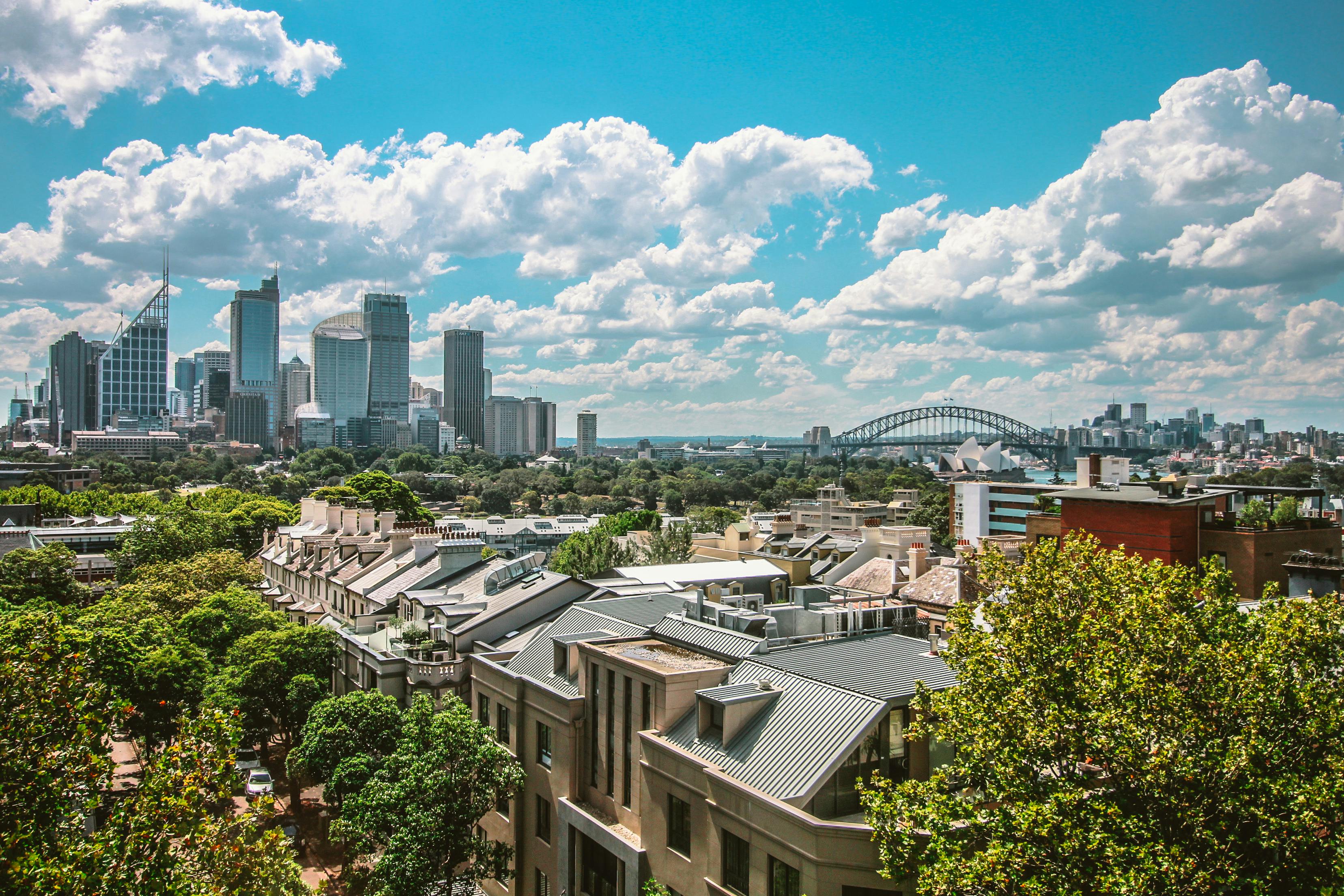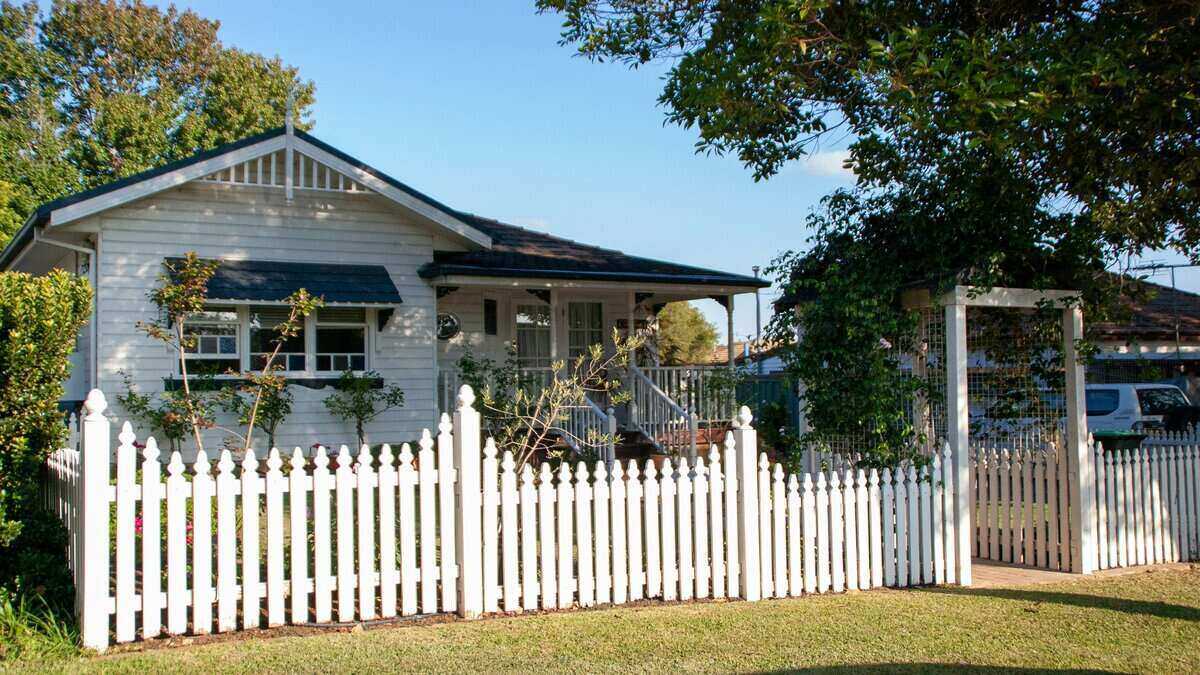The survey of 1,785 Australians was conducted by YouGov between 30 October and 3 November.
Nearly half (45%) don't know that 'La Nina' refers to a climate cycle resulting in wetter weather.
Just 26% have checked their insurance policy for flood or extreme wet weather cover.
Sixteen of the top 20 flood-prone electorates are in Queensland, while Climate Council modelling estimates up to a quarter of Australian electorates could be 'flood prone' by 2100.
Buying a home or looking to refinance? The table below features home loans with some of the lowest variable interest rates on the market for owner occupiers.
| Lender | Home Loan | Interest Rate | Comparison Rate* | Monthly Repayment | Repayment type | Rate Type | Offset | Redraw | Ongoing Fees | Upfront Fees | Max LVR | Lump Sum Repayment | Extra Repayments | Split Loan Option | Tags | Features | Link | Compare | Promoted Product | Disclosure |
|---|---|---|---|---|---|---|---|---|---|---|---|---|---|---|---|---|---|---|---|---|
5.54% p.a. | 5.58% p.a. | $2,852 | Principal & Interest | Variable | $0 | $530 | 90% |
| Promoted | Disclosure | ||||||||||
5.49% p.a. | 5.40% p.a. | $2,836 | Principal & Interest | Variable | $0 | $0 | 80% |
| Promoted | Disclosure | ||||||||||
5.64% p.a. | 5.89% p.a. | $2,883 | Principal & Interest | Variable | $250 | $250 | 60% |
| Promoted | Disclosure | ||||||||||
5.64% p.a. | 5.89% p.a. | $2,883 | Principal & Interest | Variable | $248 | $350 | 60% |
| Disclosure |
Allianz's national manager for technical claims and business operations Mark O'Connor urged Australians to check their policy for flood coverage.
"We’re already seeing the impact of this year’s La Niña taking shape. Just last month, Queensland’s Halloween hailstorm inflicted more than $110 million in damage," he said.
Two thirds of survey respondents said they think bushfires pose a bigger risk this summer, while three in ten are not planning on preparing for floods.
Mr O'Connor pushed Australians to be prepared this upcoming storm season, as 43% believe Australia's weather is getting more extreme.
"It’s important we consider the extent of the impact Australia’s evolving climate and weather patterns have on our day to day lives. We’re seeing a higher volume of weather-caused claims," he said.
On average, Australians are spending 7.5 hours preparing for Christmas festivities, and 5.2 hours on storm and flood preparation.
What is La Nina and El Nino?
'La Nina' is essentially the opposite weather pattern to 'El Nino', causing wetter and cooler periods, as opposed to hotter and drier periods, predominantly affecting Australia's east coast.
El Nino came to a head in 2018 with severe drought throughout much of NSW and Queensland, and led to catastrophic bushfires along the east coast in late 2019 and early 2020.
The last severe La Nina period was in 2010-2011 when Brisbane and surrounds experienced severe flooding.
Image: 2011 Brisbane Floods, by Andrew Kesper via Wikimedia Commons.

Ready, Set, Buy!
Learn everything you need to know about buying property – from choosing the right property and home loan, to the purchasing process, tips to save money and more!
With bonus Q&A sheet and Crossword!





.jpg)

 Harry O'Sullivan
Harry O'Sullivan
 Bea Garcia
Bea Garcia
 Denise Raward
Denise Raward
 Alex Brewster
Alex Brewster
 Rachel Horan
Rachel Horan

